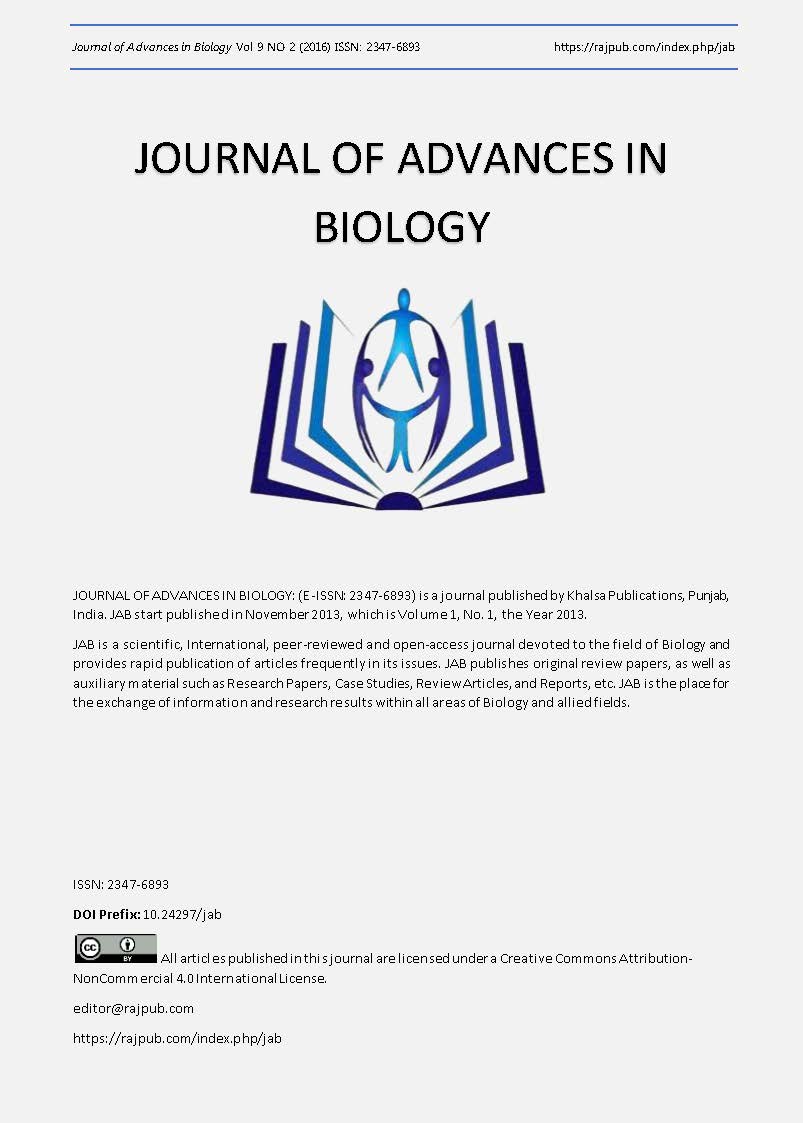Determination of total hydrocarbon and its relation to amino acid found in two bivalve edible species from Alexandria and El Ismailia coast, Egypt.
DOI:
https://doi.org/10.24297/jab.v9i2.4019Keywords:
amino acids, bivalve, seawater, total hydrocarbonAbstract
Organic contamination can be viewed as the secondary dispersions of organic compounds from various sources into the global circulation across different spheres of the environment; this study was conducted to assess the role of total hydrocarbon on two species of edible bivalve; Pinctada radiata and Ruditapes decussatus. Due to their microphage capacity, bivalves have great biologic importance as they clean the environment of harmful microorganisms and decaying organic compounds which result in water purification, water filtering. Waste materials derived from animals metabolism coalesce in larger aggregates which sink and deposit onto the bottom, thus enabling the bivalvular shells to contribute to developing and securing adequate conditions for the productive cycle of marine environment. The aim of this work was to investigate the present status of the contamination by total organic hydrocarbons in two species of bivalves collected from (Alexandria and Ismailia), Egyptian Mediterranean Sea Coast in winter season, 2015 (November). The spatial distribution
for total hydrocarbon suggested that most of the contaminants may originate from urban runoff, municipal wastes and petroleum industries. Only two of the essential amino acids (L-Lysine, and L-Leucine) were reported in clam; Ruditapes decussatus collected from (Ismailia and Alexandria) and three of the essential amino acids were reported in oyster; Pinctada radiata that were collected from Alexandria; (L-Arginine, L-Lysine, and L-Leucine). In the present results it is concluded that the total amount of amino acid in the two species of bivalve (oyster and clam), followed the arrangement of a.a. in oyster which is collected from Alexandria> a.a. in oyster which is collected from Ismailia> a.a. in clam that were collected from Alexandria>a.a. in clam that were collected from Ismailia; as 4.45805 × 15.4649 = 68.9432> 3.3436 ×15.1117 = 50.5274 > 3.0089 ×15.6026 = 46.9466 > 2.9164 ×15.1932 = 44.30944 μMol/gm; respectively.The total hydrocarbon in tissue of both bivalve species is less than that reported by ATSDR,1995, with range of (0.40-1.3 μg/g) <3.0 μg/g.
Downloads
Downloads
Published
How to Cite
Issue
Section
License
 All articles published in Journal of Advances in Linguistics are licensed under a Creative Commons Attribution 4.0 International License.
All articles published in Journal of Advances in Linguistics are licensed under a Creative Commons Attribution 4.0 International License.




